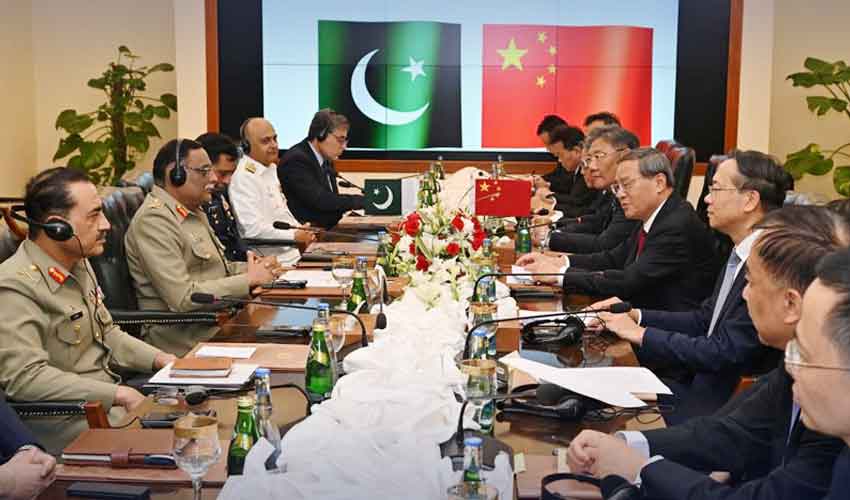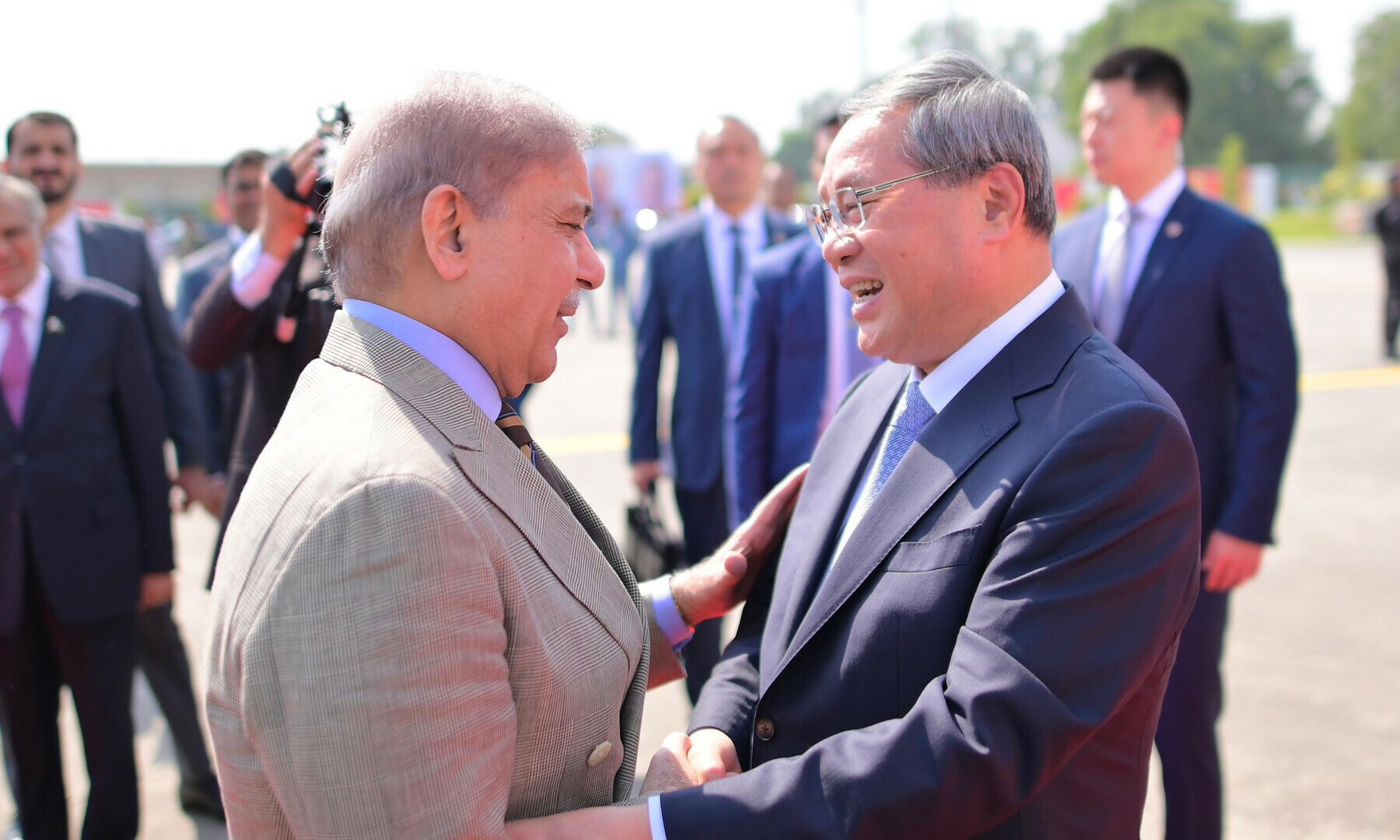TRADE & ECONOMY

The federal government has been advised to temporarily halt payments to 18 Independent Power Producers (IPPs) producing a total of 4,267 MW of electricity. These IPPs were set up under the Power Generation Policies of 1994 and 2002, and the ongoing renegotiation aims to shift their existing contracts from a "Take or Pay" model to a more performance-based "Take and Pay" arrangement.
Under the current "Take or Pay" contracts, the government is obligated to pay the IPPs regardless of whether electricity is generated or delivered. This system has long been criticized for imposing a significant financial burden on the state, especially during periods when the national grid has surplus capacity. The "Take and Pay" model, which the government is pushing for, would only require payment based on the actual electricity generated and delivered, potentially saving billions in capacity charges.
Ongoing Talks with IPPs
According to a report by Business Recorder, negotiations are still ongoing with these 18 IPPs, and some have already agreed in principle to revise their contracts. A senior executive from one of the affected IPPs stated, "We recognize the crisis in the power sector, and we have agreed to renegotiate in the national interest to reach a mutually acceptable and transparent resolution."
These 18 IPPs were established in response to the country’s electricity shortage, and their original Power Purchase Agreements (PPAs) were structured with long-term obligations to secure private investment in the energy sector. However, the government now aims to extend the PPAs for two more years until the Competitive Commercial Bilateral Contract Market (CTBCM) becomes fully operational, which would allow for a more competitive and efficient power market in Pakistan.
Temporary Suspension and Future Plans
While some officials have described the payment freeze as a temporary measure, no clear explanation has been provided as to why the payments were paused at this particular juncture. Sources suggest that there was no plan to suspend payments to these IPPs ahead of the Chinese Premier’s visit, except for the settlement of some dues owed to Chinese IPPs and compensations related to prematurely canceled contracts with five other IPPs.
One official, who spoke on condition of anonymity, emphasized that the freeze on payments is not intended to be permanent, stating, "The suspension is only temporary, and the government continues to work towards a fair resolution for all parties involved."
Broader Context of Power Sector Challenges
This move is part of a broader effort by the government to address the country's chronic power sector challenges, which include high levels of circular debt, inefficient distribution systems, and a reliance on costly energy contracts. Many of the existing agreements with IPPs have been blamed for exacerbating these issues by locking the government into financially unsustainable obligations.
In light of these challenges, the government has been working to renegotiate terms with various IPPs in a bid to lower electricity costs and reduce the financial burden on the state. By moving towards a "Take and Pay" model, the government hopes to introduce a more flexible and cost-efficient power generation system that better aligns with the country’s energy demands.
Conclusion
The temporary suspension of payments to 18 IPPs is a crucial part of ongoing negotiations aimed at restructuring the country’s power sector. While some IPPs have already signaled their willingness to cooperate, the final outcome will depend on continued talks between the government and the power producers. Both sides appear to be working towards a mutually beneficial agreement that could have far-reaching implications for Pakistan’s energy landscape.




